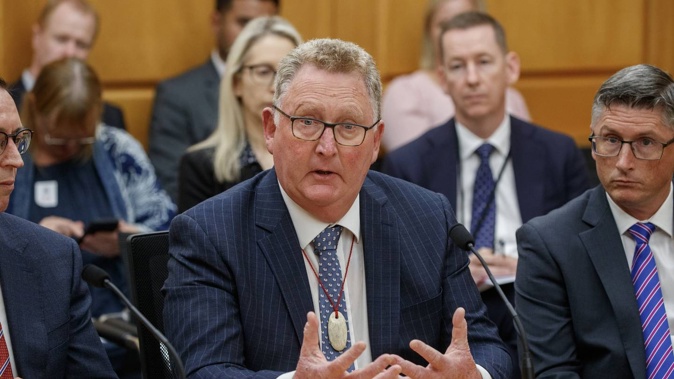
Reserve Bank (RBNZ) Governor Adrian has tempered the hopes of those who believe he’ll stomach a bit of inflation to avoid further suffocating the economy with high interest rates.
Speaking at an economics conference at the University of Waikato this morning, Orr underlined the RBNZ’s commitment to targeting the 2 per cent midpoint of its 1 to 3 per cent annual inflation target range over the medium term.
“Central banks around the world have been trying to explain this ad nauseam to the public - that whilst inflation is coming down, we are not there yet, and the last few yards may be very difficult, because we really need to anchor that 2 per cent inflation expectation,” Orr said.
The annual inflation rate fell to 4.7 per cent in the December quarter, according to the latest Stats NZ data - a level Orr noted was still “more than two times 2 per cent”.
While inflation expectations have been tracking down, the 38 business leaders and economic forecasters, surveyed as a part of the RBNZ’s Survey of Expectations in late-January, only saw the annual inflation rate falling to 3.3 per cent in a year’s time, and 2.5 per cent in two years’ time.
Economists were heartened the results showed there was confidence in the RBNZ’s ability to reduce inflation.
However, Orr said: “The number one thing that we’re always concerned about is that people would lose confidence that we are aiming for that 2 per cent with real vim and vigour.”
He hammered home the message that 2 per cent remained an “optimal” level of inflation.
“In the long-term, an inflation target centred on 2 per cent is more likely to mean continued growth and steady jobs, supporting the prosperity and wellbeing of everyone.”
Orr made the point the RBNZ wouldn’t try to get inflation to 2 per cent “today or on any specific date”, as this was impossible and would cause swings in interest rates and volatility more generally.
As an aside, the National Party agreed to look into Act’s suggestion to consider requiring the RBNZ to meet its inflation target in a more specified time period.
Orr noted temporary fluctuations in fuel and food prices, for example, could have a big effect on inflation.
He said the RBNZ might choose to look through a transitory shock if it was unlikely to lead to higher inflation over the medium term.
However, he said the RBNZ could respond to the “second-round effects of the transitory shock” if the shock hits when inflation is already high and “is more likely to leak into more persistent core inflation via higher inflation expectations”.
The New Zealand dollar didn’t move much in response to Orr’s speech.
ANZ economists noted while Orr reiterated his determination to reduce inflation, he didn’t specifically comment on what the Monetary Policy Committee would do with the official cash rate (OCR) in the short term.
The committee will next review the OCR on February 28.
A lot has happened since it last reviewed the rate and published a “tough on inflation” statement in late November.
Banks cut some of their longer-term mortgage rates, as markets globally priced in a series of rate cuts.
Then central banks started making more hawkish comments, which prompted markets to change tack and ANZ economists to stick their necks out and suggest the RBNZ could hike the OCR two more times this year.
Most bank economists believe the OCR has peaked; however, they’re divided over whether it will cut the rate this year or next year.
Jenée Tibshraeny is the Herald’s Wellington Business Editor, based in the Parliamentary press gallery. She specialises in government and Reserve Bank policymaking, economics and banking.
Take your Radio, Podcasts and Music with you









